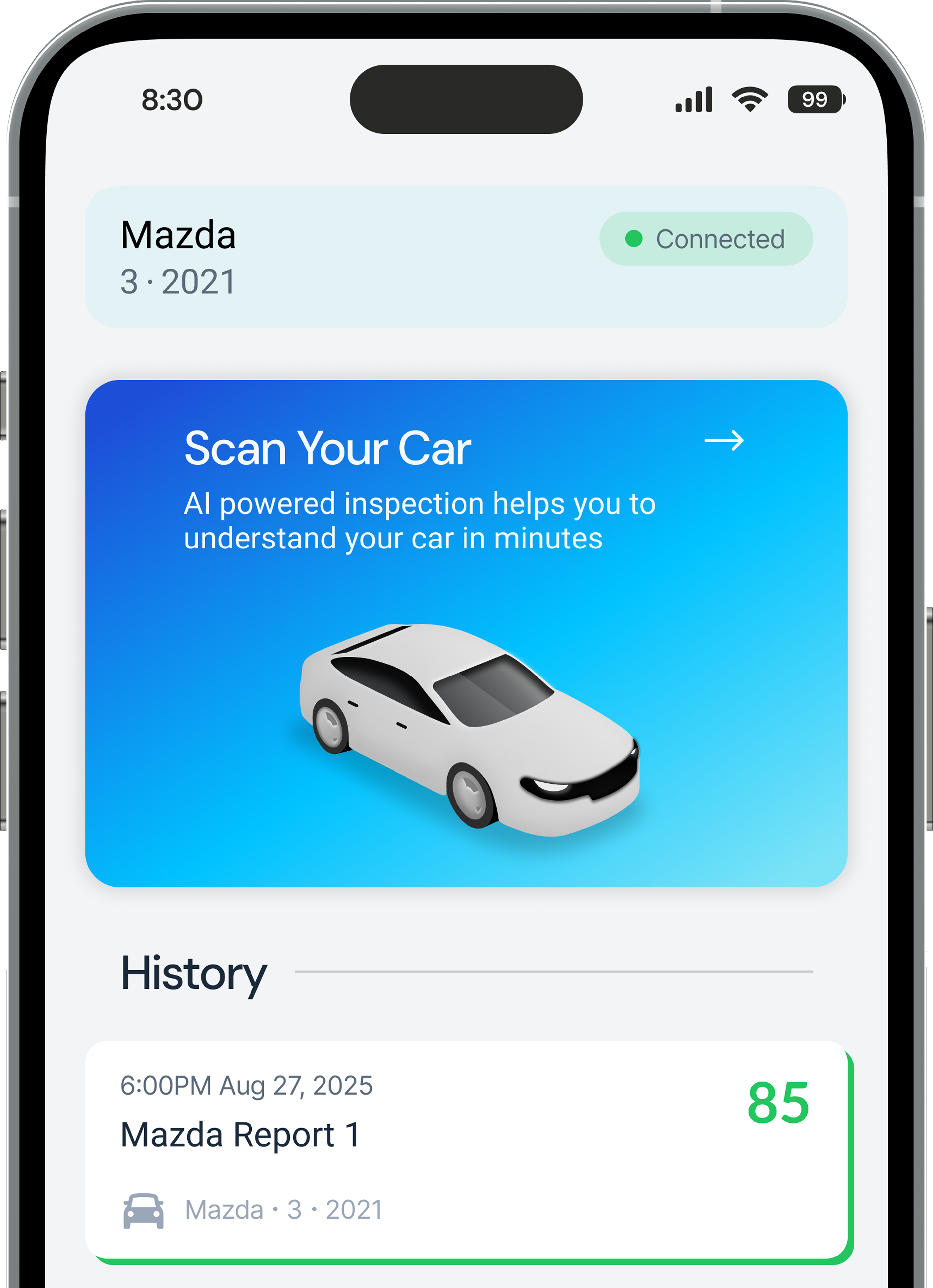%20(1).jpg)
October 16, 2025
%20(1).jpg)
Thinking about buying a used car?
Before you hand over the money, make sure you know exactly what you’re getting into. I’ve bought, sold, and repaired dozens of cars over the years — and I’ve seen almost every trick in the book.
That’s why I created this complete used car inspection checklist, based on real experience — not theory. Bookmark it, save it, and read carefully before you go car shopping!
(Don’t send all at once, or they’ll cherry-pick what to answer.)
If the answers sound good, set up a time to see the car — during daylight. Ask the seller not to pre-warm the engine, so you can see how it starts from cold. And make sure all keys are available for testing.
Pro tip: Don’t let the seller talk too much while you’re inspecting. Stay focused.
Try to drive alone — sellers talking can distract you from noticing issues.
Every flaw you find is a reason to negotiate — even if you don’t plan to fix it.
After listing the problems, name your price immediately while the seller is still thinking.
I created this checklist the hard way — through years of mistakes, repairs, and learning. I used to rent a small house with a garage where I fixed my own cars, helped friends inspect theirs, and rebuilt more engines than I can count.
But I kept asking myself:
“Why can’t everyone have a mechanic’s brain in their pocket?”
That’s why I built CarMind — your AI car inspection assistant.
Unlike regular OBD2 scanners that only read trouble codes, CarMind goes deeper.
It connects to your car’s sensors in real time and analyzes the data — just like a mechanic listens to the engine, looks at exhaust color, or smells for fuel leaks.
Even if no warning lights are on, CarMind can detect hidden issues early, explaining in simple language what’s wrong, why it matters, and roughly how much it might cost to fix.
👉 Available now on iOS (search “CarMind” on the App Store) — works with almost any car made after 2008.
I’ve always believed people who understand cars should share that knowledge with those who don’t.
CarMind is my way of doing that — a gift to my younger self and to every driver who’s ever been nervous about buying a used car.
If you’re shopping for a used car or just want peace of mind about your current one,
try CarMind — let AI inspect your car like a real mechanic.
Find the right job faster with AI-powered matching, real-time updates, and powerful insights.
Check your car's health
Identify hidden issues
